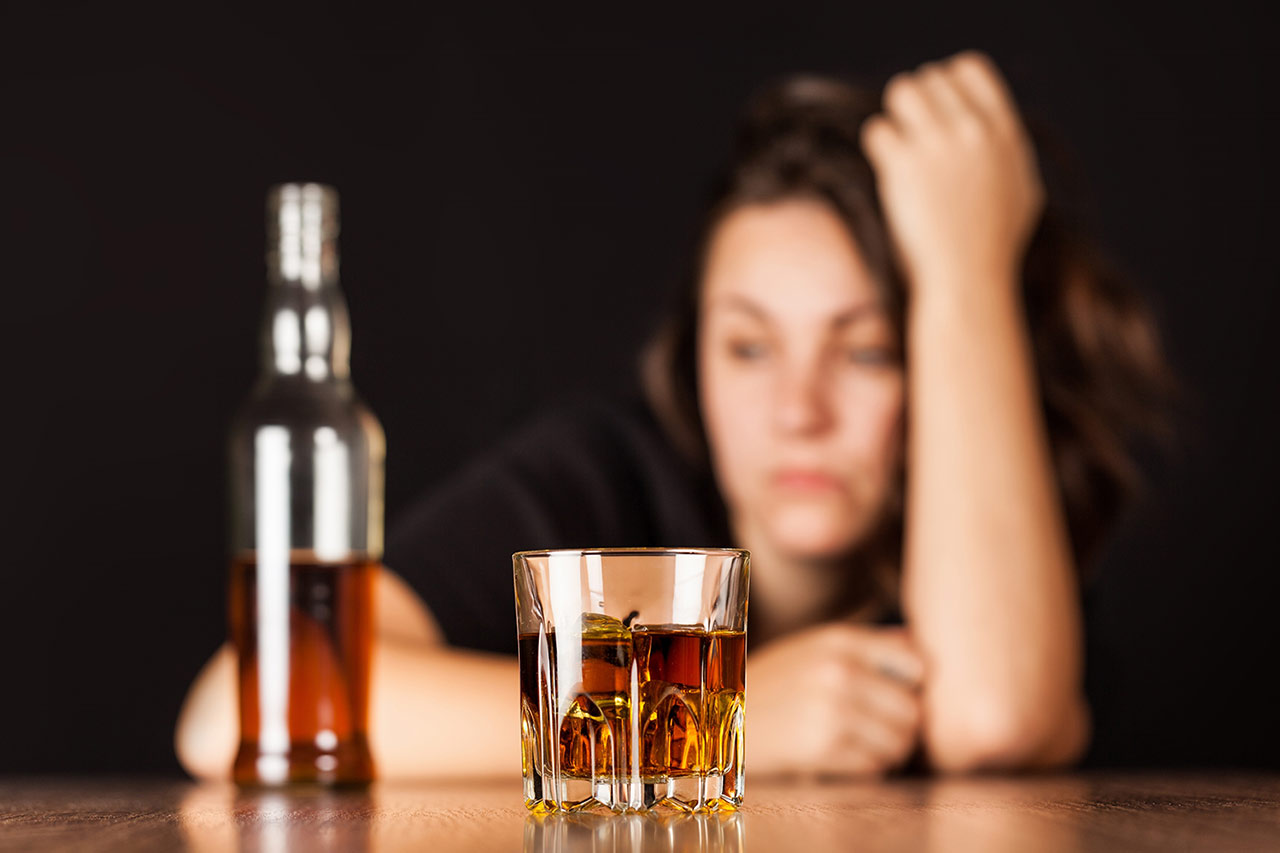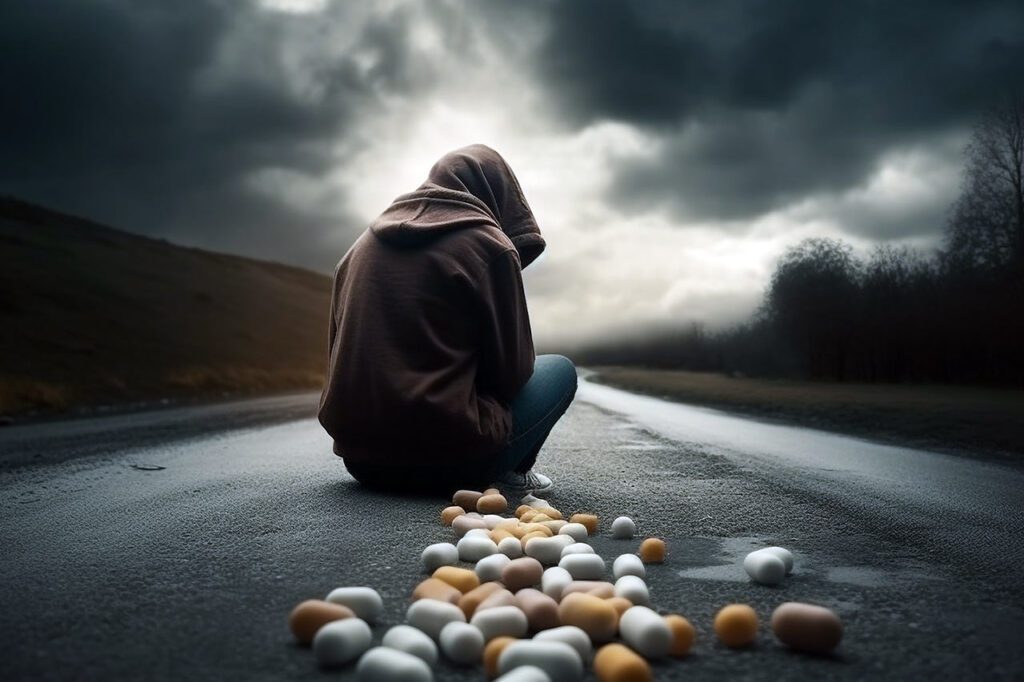“An alarming 91% of Hispanic Americans with a substance use disorder don’t get the necessary treatment they need at a specialty facility (such as substance abuse rehabilitation centers)”
– The Substance Abuse and Mental Health Services Administration (SAMHSA)
In life, we all have our own battles.
Sometimes they’re visible, like a sprint to meet a work deadline or a challenging fitness goal. Other times, these battles are more hidden, insidiously hiding away from our communities and even from ourselves. It could be the grueling mental struggle that we engage with every time we pass a liquor store after a stressful day. Or the inner whispers urging us to smoke to soothe some of the chaos we may experience in everyday life. Substance abuse is one such invisible battle that’s fought not on the open battlefield, but beneath the surface, an often silent struggle happening in our inner worlds.
For some of us, coping with emotional pain, stress, or symptoms of mental health conditions may lead us to turn to substances for relief.
This coping mechanism can start off as a casual ritual to deal with life’s stressors, traumatic experiences or to self medicate symptoms of mental health conditions. Unfortunately, this can create a risky cycle of dependency. It’s a subtle and often unnoticed transition, much like changing seasons. Yet the impact of this unseen struggle is profound, touching every aspect of life.
We are going to delve into the heart of this issue, shedding light on the struggle that many face in the hope of understanding, supporting, and ultimately, turning the tide in this battle.
Influences
Culture is not a static entity, but a living, breathing part of who we are. It shapes our views on mental health and substance abuse. Our family structures, gender roles, relationships, respect, spirituality, and religion are all threads that weave our cultural tapestry.
In Puerto Rico, the rise of mental health conditions is deeply linked to the limited access to mental healthcare resources, and general stigma surrounding mental health are common triggers for substance dependency.
Being a scenic island comes with its geographical challenges, one of them being an attraction for drug traffickers. This leads to higher levels of drug trafficking, sales, and consumption. The connectivity of our transport networks, unfortunately, only amplifies this issue.
The Mona Passage, for example, is a strip of sea that connects our waters to the Atlantic Ocean. This passage has unintentionally over the years, turned into a kind of courier service, however it doesn’t only serve to deliver parcels and postcards. It’s a hotspot for the transfer of drugs like cocaine, heroin and marijuana.
The Substances We Wrestle With: Opiates, Marijuana, and Alcohol


Here’s the thing – substance abuse isn’t just a general issue. It looks different within different communities. In the Hispanic population, which is a big and growing part of the U.S., about 7.1% are dealing with a substance use disorder, and 3% are wrestling specifically with illicit drugs.
Back on the island, we have the highest recent rates of illicit drug use and marijuana use among Hispanics. We also tend to consume more alcohol than other Hispanic groups, which can partly be attributed to cultural factors, like starting to drink at a younger age and less stigma around alcohol. Drinking alcohol is a common practice everywhere on the island and spans all age groups.
The major culprits of substance addiction for us are: opiates, marijuana, and alcohol. These are the substances we find ourselves grappling with. It’s disconcerting that our opiate situation is so severe that Puerto Rico has been coined the name “opioid Rico.” The stats hit us hard – we’ve got around 70,000 of our people struggling with addiction, spending an astonishing $3 million per day on illegal drugs.
Now, it’s no secret that opioids or prescription drug addictions are stubborn beasts.According to surveys of the Puerto Rico metropolitan population aged 17 to 68, prescription drug addiction primarily affects individuals between the ages of 35 and 65.
Opioid prescription medications like Percocet, Darvocet, Tylenol with Codeine, originally intended to alleviate pain, can create an invisible prison, trapping the users in a cycle of dependence. Many of these individuals turn to treatments such as methadone or Suboxone (buprenorphine) as a life raft to manage their addiction. But this treatment itself can morph into a new dependency, replacing the original drug with a daily dose of a different opioid.
Combine that with the rising number of fentanyl-related overdoses and deaths on the island. This situation was further worsened post-Hurricanes Irma and Maria in 2017 when drug dealers began to substitute imported heroin with locally produced fentanyl and create fatal cocktails of fentanyl-laced heroin and cocaine. It’s a stark reminder of the severity of the situation we’re facing together.
Statistics & Treatment Access
Let’s start by laying our cards on the table – the disparities in mental health care, alcohol, and drug abuse treatment within Hispanic communities are significant.
You see, substance abuse rates among Hispanic Americans are similar to non-Hispanics, but the actual access to treatment? Not so much. According to SAMHSA, about 91% of Hispanic Americans with substance use disorders aren’t getting the treatment they need at specialized facilities.
A recent study in the American Journal of Psychiatry (2022) paints a picture: only 30.1% of Hispanics who needed substance addiction treatment received some form of care in the last year. That’s a lot of unmet needs.
Folks who do gain access to care report significant delays. Reports show around 22.7% of Hispanics have faced frequent care delays, compared to 10.7% of non-Hispanic nationals. Active treatment was only received by 22.4% compared to 37.6% for non-Hispanic whites. There’s an undeniable need to make sure everyone gets equal access to quality care, regardless of their background.
Collaborative Approach to Providing Solutions
Tackling substance abuse and drug trafficking needs all hands on deck – government, law enforcement, community organizations, healthcare providers, and us as individuals.
We need to tailor our interventions and policies to improve access for Hispanic Americans, considering everything from language barriers to socioeconomic disparities.
Community groups, like Pravan Health, are playing a big part here, providing education including bilingual or exclusively Spanish-speaking options, prevention programs, and support. Meanwhile, we are seeing more government agencies and healthcare providers use harm reduction strategies like needle exchange programs and naloxone distribution.
If you’re struggling with substance addiction, reaching out for help is the bravest step you can take. It’s not just about getting control back; it’s about reclaiming your long-term health and well-being.
We’re in this together, and together, we’ll build a healthier, safer, and more resilient Puerto Rico!
References
- DHS. (n.d.). Combating Crime in Puerto Rico. https://www.dhs.gov/fact-sheet-combating-crime-puerto-rico
- SAMHSA. (2019). 2018 NSDUH Detailed Tables. https://www.samhsa.gov/data/report/2018-nsduh-detailed-tables
- Ríos-Bedoya, C.F., & Freile-Salinas, D. (2014). Alcohol and Alcoholism, 49(5), 549–556. https://academic.oup.com/alcalc/article/49/5/549/121009
- Wells, K. et al. (2001). Am. J. Psychiatry, 158(12), 2027-2032. https://pubmed.ncbi.nlm.nih.gov/11729020/
- Ennis, S. R. et al. (2011). The Hispanic population: 2010. https://www.census.gov/library/publications/2011/dec/c2010br-04.html
- SAMHSA. (2012). NSDUH Report: Substance Use Treatment among Hispanics. https://www.samhsa.gov/data/sites/default/files/NSDUH117/NSDUH117/NSDUHSR117HispanicTreatmentNeeds2012.htm
- Chartier, K.G. et al. (2016). J. Substance Abuse Treatment, 59, 74-82. https://www.ncbi.nlm.nih.gov/pmc/articles/PMC4661119/
- Alvarez, J. et al. (2007). J. Ethnicity in Substance Abuse, 6(2), 115-141. https://www.ncbi.nlm.nih.gov/pmc/articles/PMC3059600/
- NIDA. (2003). Drug Use Among Racial/Ethnic Minorities. https://archives.drugabuse.gov/sites/default/files/minorities03_1.pdf
- Narconon. (n.d.). Puerto Rico Drug Addiction. https://www.narconon.org/drug-information/puerto-rico-drug-addiction.html
- U.S. Census Bureau. (n.d.). https://www.census.gov/quickfacts/fact/table/US/RHI725221
- NBC News. (n.d.). Puerto Rico’s Opioid Crisis. https://www.nbcnews.com/news/latino/puerto-rico-growing-opioid-crisis-adds-island-s-post-hurricane-n955726
- Justice Department. (n.d.). Puerto Rico Drug Market Analysis. https://www.justice.gov/archive/ndic/pubs27/27510/dtos.htm
- Rodríguez-Figueroa, L. et al. (2017). Int. J. Environ. Res. Public Health, 14(10), 1183. https://www.ncbi.nlm.nih.gov/pmc/articles/PMC5681447/
Unite for Healing: Your Contribution, Puerto Rico's Transformation.
Embark on a journey of transformation with the Pravan Foundation. Your generous donation becomes a beacon of hope, illuminating the path to mental wellness for countless individuals in Puerto Rico. Together, let’s break down barriers, ushering in a new era of mental health and well-being.
Make a difference today – your contribution is the cornerstone of change, healing, and renewed hope across the island. Join us, and be the change that Puerto Rico needs. Unite for healing, unite for transformation, unite for a brighter tomorrow.
